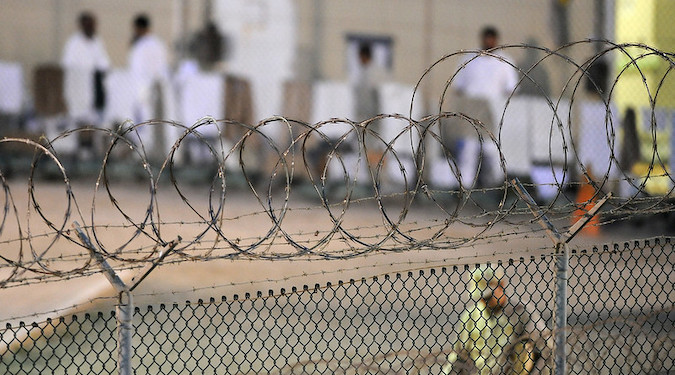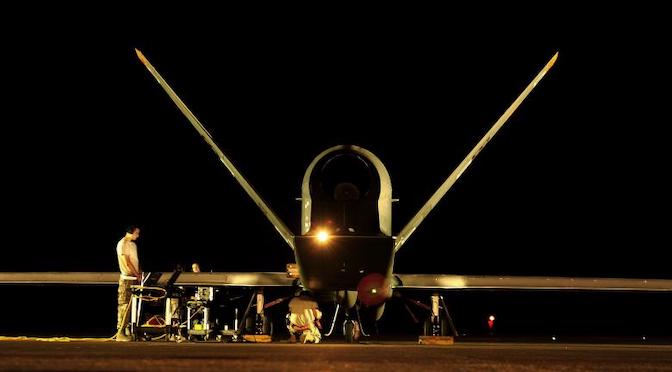Aaron Shepard endeavors to examine the roots of the failures of the Guantanamo military commissions and suggest potential solutions to remedy them. His paper begins with an introduction to the concept of military commissions, including a brief overview of their historic utilization and import. It then provides a detailed background on Guantanamo Bay, covers the… Continue reading Commissions Impossible: How Can Future Military Commissions Avoid the Failures of Guantanamo?
Category: Religious Extremism
Managing the Terrorism Threat with Drones
The contours of America’s counterterrorism strategy against al Qaeda and the Islamic State have remained remarkably consistent over the past two decades, broadly focused on degrading al Qaeda’s and the Islamic State’s external attack capabilities and global networks, disrupting their operations through military operations or enhanced law enforcement and border security, and denying them sanctuaries.… Continue reading Managing the Terrorism Threat with Drones
Analyzing the Impacts of Targeted Killing: Lessons for the United States
A central tool in the United States’ counterterrorism strategy over the past two decades has been the use of remotely piloted aircraft, more commonly known as drones, to target members of Al Qaeda and other associated terrorist groups. These drone strikes have been largely concentrated in northwest Pakistan, Yemen, and Somalia, although the exact number… Continue reading Analyzing the Impacts of Targeted Killing: Lessons for the United States



